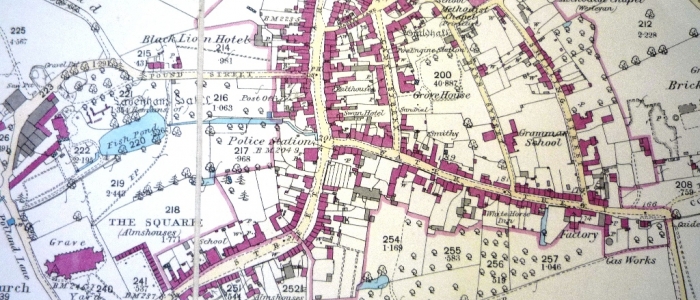
Heritage statements
 By Andrew Derrick
Published 14 December, 2012
By Andrew Derrick
Published 14 December, 2012
Andrew Derrick is a Director of The Architectural History Practice Ltd www.architecturalhistory.co.uk
The Importance of Understanding
It is a well-established principle of good conservation practice that ‘understanding’ should inform the management of change in the historic environment. One of Historic England’s Conservation Principles is that ‘understanding the significance of places is vital… in order to identify the significance of a place, it is necessary first to understand its fabric and how and why it has changed over time’.
This is commonsense as a well as good practice. Gaining understanding should not be seen as burdensome, but as a necessary part of the responsible management of change. It should help to avoid negative impacts and be aimed towards achieving creative and sensitive solutions.
The need for a Heritage Statement
The National Planning Policy Framework (NPPF) states at paragraph 128 that:
‘In determining applications, local planning authorities should require an applicant to describe the significance of any heritage assets affected, including any contribution made by their setting. The level of detail should be proportionate to the assets’ importance and no more than is sufficient to understand the potential impact of the proposal on their significance’.
In order to meet this requirement, local authorities normally now require a Heritage Statement to be prepared to inform and accompany proposals affecting heritage assets.
What should a Heritage Statement contain?
There are no mysteries to the process, although specialist advice is often needed. What might be needed depends on the nature of the asset and the level of intervention proposed; as the NPPF states, the statement should be ‘proportionate’, and ‘no more than is sufficient’.
Briefly, a Heritage Statement should set out details of the history and development of the asset, using photographic, map, archival and fabric evidence. It should be accompanied by a photographic record, showing the site context and spaces and features which might be affected by the proposal, preferably cross-referenced to survey drawings. It should include an assessment of the archaeological, architectural, historical or other significance of the asset. It will also normally be necessary to include an assessment of the impact of the proposed works on the significance of the asset, and a statement of justification for those works, together with details of any mitigation measures proposed.
In straightforward cases the applicant may be able to provide the statement, having discussed what might be needed with the local authority. Normally however the services of an appropriately qualified and experienced historic environment professional will be needed. The local authority or the Institute of Historic Building Conservation (IHBC) should be able to advise further.
Where to find out more
Historic England, Conservation Principles, 2008 https://historicengland.org.uk/images-books/publications/conservation-principles-sustainable-management-historic-environment/
Historic England, Understanding Historic Buildings, A Guide to Good Recording Practice, 2006 https://historicengland.org.uk/advice/technical-advice/recording-heritage/
IHBC Historic Environment Service Providers Recognition (HESPR) http://ihbc.org.uk/hespr/
The Building Conservation Directory, Products and Services http://www.buildingconservation.com/directory/prodserv.php